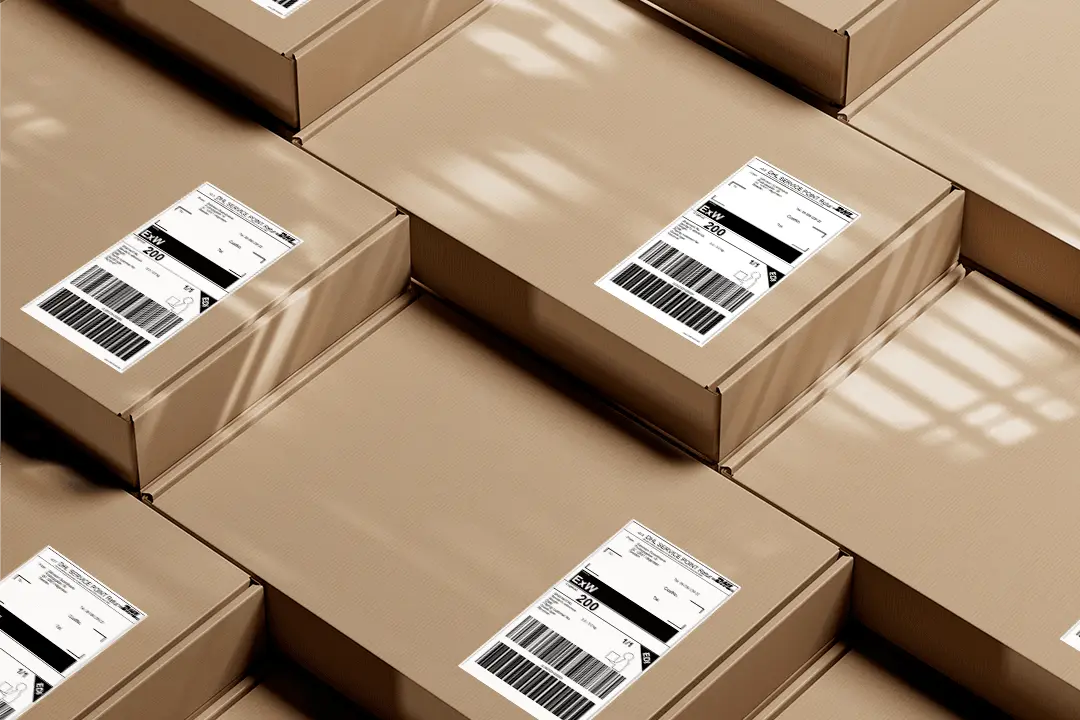
Implementing a Digital Returns System
Implementing a Digital Returns System A Project Manager's guide to business-centric success: Implementing Inretrn's leading solutions for digital returns can be a game-changer for your e-commerce...
The second-hand market isn’t slowing down—it’s only getting bigger. And now, it’s got a new name: recommerce. Whether it’s reselling your favorite jacket or upcycling that old chair into something fresh, recommerce is all about giving products a second chance. If you’re not thinking about it yet, you should be—because your customers already are.
In this guide, you’ll learn:
By the end of this guide, you’ll have everything you need to know to make recommerce a key part of your business strategy.
At its core, recommerce (short for reverse commerce) is about putting previously owned products back into circulation, either as-is (resale) or by transforming them into something new (upcycling).
This isn’t a new concept—the second-hand market has been around for decades. But it’s now becoming more structured, more organized, and driven by the need to extend the lifespan of products already on the market.
The second-hand market has grown exponentially in recent years. In fact, the global resale market is projected to double by 2027, reaching over €200 billion, fueled by consumers’ increasing demand for sustainable shopping alternatives.
It’s no longer just about thrifting—it’s about making thoughtful decisions to keep products in circulation longer and reduce waste.
As a retailer, it’s not just about selling products anymore. It’s about creating products designed to last, to be resold, and to stay relevant over time. The need for longevity has never been more critical, and that responsibility lies with both retailers and tech companies.
That’s where we come in. Tech platforms like ours make it easy for businesses to set up and manage recommerce flows. From resale to upcycling, we help minimize environmental impact by streamlining the process, keeping your footprint small while maximizing product life cycles.
Recommerce isn’t just a trend. It’s a new revenue stream—and it’s here to stay.

Resale is the process of selling previously owned products in their original condition, or with minimal restoration. These items may come from customer returns, excess inventory, or products customers no longer need. By offering these products again, resale gives them a second life, helping to extend their lifespan and prevent them from becoming waste.
For businesses, resale is a way to recover value from items that might otherwise be written off. It’s an opportunity to attract new customers by offering more affordable options while still maintaining quality. At the same time, resale can re-engage loyal customers by offering them sustainable alternatives.
Resale is not just for niche companies anymore—major brands are seeing its potential, integrating it into their business models to drive sustainability, tap into new revenue streams, and cater to environmentally conscious consumers.
The result? A circular model where everyone wins: your customers, your business, and the planet.
But what if you could take it even further?
Upcycling takes resale to the next level.
Instead of simply selling products in their current state, upcycling involves transforming used items into something new and improved. Whether it’s repurposing materials from an old product or creatively enhancing a returned item, upcycling adds value through innovation.
For businesses, upcycling opens the door to even more opportunities. Not only can you extend the life of your products, but you can also increase their appeal by offering something unique. Upcycled products often come with a story—whether it’s a jacket made from repurposed fabric or furniture crafted from reclaimed materials—making them highly attractive to customers who value both sustainability and creativity.
Together with resale, upcycling creates a comprehensive approach to recommerce, enabling businesses to reduce waste, engage customers, and stand out in a crowded market. Whether you’re simply reselling products as-is or reimagining them entirely, recommerce offers endless possibilities.

Recommerce isn’t just a trend—it’s a business model that can complement and enhance your existing strategy. But how exactly can you, as a retailer, tap into its potential?
The beauty of recommerce lies in its flexibility. You can integrate it seamlessly into your current model by offering resale or upcycling as additional services. Whether you’re selling directly to customers through your own platform or partnering with a third-party marketplace, the opportunities are endless.
Here are a few ways to get started:
Recommerce can be integrated without disrupting your current business model, adding value, increasing product longevity, and strengthening your connection with eco-conscious consumers.
The result? A model that’s not only profitable but also future-proof.
Let’s break it down:
Recommerce isn’t just another way to sell—it’s a powerful tool for building brand loyalty and creating a community around your products. When customers know they can return to your brand to resell or upcycle their items, it strengthens their connection with your company. They’re more likely to come back to you, not just for new purchases, but also for the longevity and value you provide through your recommerce offerings.
For many customers, buying pre-owned products from a trusted brand is far more appealing than purchasing from individuals on platforms like eBay or Vinted. Especially for more expensive or premium brands, authentication and trust are key. When your brand offers a resale or upcycling option, customers feel secure knowing they’re getting an authentic product. This is particularly important for luxury goods or heritage brands, where quality and authenticity are non-negotiable.
Take Fjällräven, for example. Their jackets, which are 50 to 80 years old, are still worn today—and not just as vintage pieces, but as functional, durable items with strong demand. These products were made to last for generations. Fjällräven continues to benefit from the enduring appeal of their long-lasting, authentic items. Recommerce for these types of brands helps meet the growing demand for used products, while ensuring that fewer resources are used to produce new items.
So, why should you care about recommerce?
If you’re not in the recommerce game yet, you’re missing out—on customers, cash, and the chance to strengthen your brand.
Ready to dive in? Here’s how:
Still unsure? Here are some brands killing it with recommerce:
These brands are building loyalty and making a profit, all while doing good. Your business can too.

Recommerce isn’t just about going green—it’s about growth. By adding resale and upcycling into your strategy, you’re not just meeting customer expectations—you’re exceeding them.
And hey, we’re here to help. We’ll work with you to set up, structure, and bring your recommerce vision to life, so you can serve the second-hand market directly, on your own terms.

Implementing a Digital Returns System A Project Manager's guide to business-centric success: Implementing Inretrn's leading solutions for digital returns can be a game-changer for your e-commerce...

Book your demo Fill in your details and we will be in touch and look forward to showing you our service! Book you personal demo

Reverse logistics Ever wonder what happens to products after they’re returned, repaired, or recycled? That’s reverse logistics in action. It’s the behind-the-scenes magic that sta...